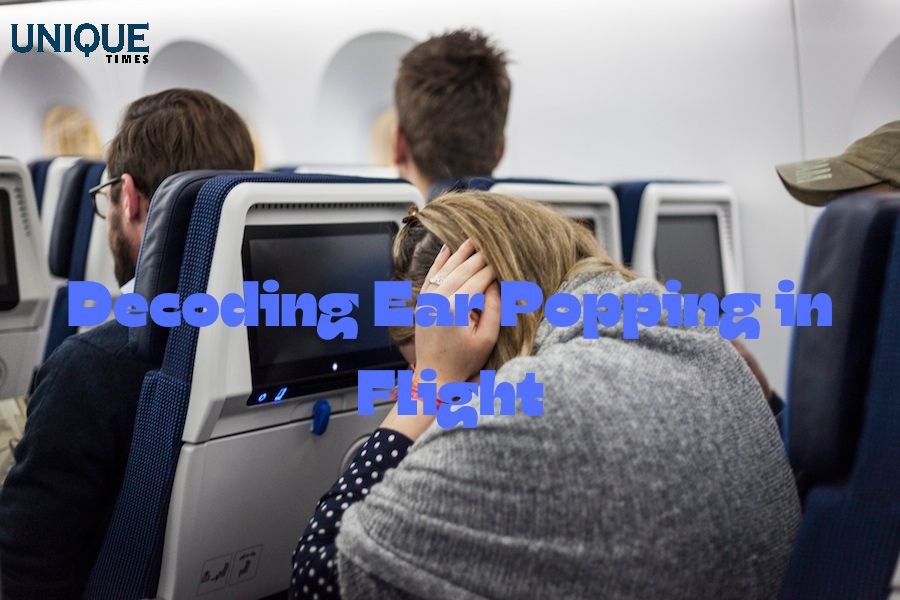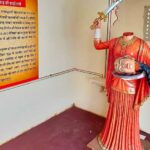Ears Popping on a Plane: Demystifying the Physics of Pressure Changes

Have you ever wondered why your ears pop during a flight? In this blog, we take a deep dive into the fascinating world of physics to unravel the mysteries behind the common phenomenon of ear popping when soaring through the skies.
1. Understanding Atmospheric Pressure
Before takeoff, we’re accustomed to the air pressure at ground level. However, as an aircraft ascends, atmospheric pressure decreases. This shift in pressure is the root cause of the discomfort and subsequent popping sensation in our ears.
2. Eustachian Tube’s Role
The Eustachian tube, a small canal connecting the middle ear to the back of the nose and throat, plays a crucial role in equalizing pressure. During a flight, the Eustachian tube opens and closes to regulate the pressure disparity between the middle ear and the external environment.
3. Air Trapped in the Middle Ear
As the plane gains altitude, the pressure inside the cabin decreases faster than the pressure in the middle ear. This pressure imbalance causes the eardrum to stretch, and a pocket of air may become trapped in the middle ear. The popping sensation occurs when the Eustachian tube finally opens, allowing the trapped air to escape or equalize with the changing cabin pressure.
4. Swallowing and Chewing Techniques
Engaging in activities like swallowing, chewing gum, or yawning prompts the muscles around the Eustachian tube to contract. This, in turn, facilitates the opening of the tube, assisting in equalizing the pressure more effectively and reducing the discomfort associated with ear popping.
5. Tips for a Comfortable Flight
To minimize the effects of pressure changes on your ears, stay hydrated, and avoid excessive alcohol and caffeine consumption. Consider using specialized earplugs designed for air travel, which can regulate pressure changes and mitigate discomfort.
6. Ear Issues and Precautions
Individuals with pre-existing ear conditions may experience more pronounced discomfort during flights. It’s advisable for those with ear infections or blockages to consult with a healthcare professional before flying. Simple precautions, such as nasal decongestants, can sometimes be recommended to ease the pressure changes.
Understanding the physics behind ear popping on a plane can empower travelers to take proactive steps for a more comfortable flying experience. By appreciating the role of atmospheric pressure and the Eustachian tube, you can navigate the skies with newfound knowledge and minimize the impact of pressure changes on your ears.
Picture Courtesy: Google/images are subject to copyright







